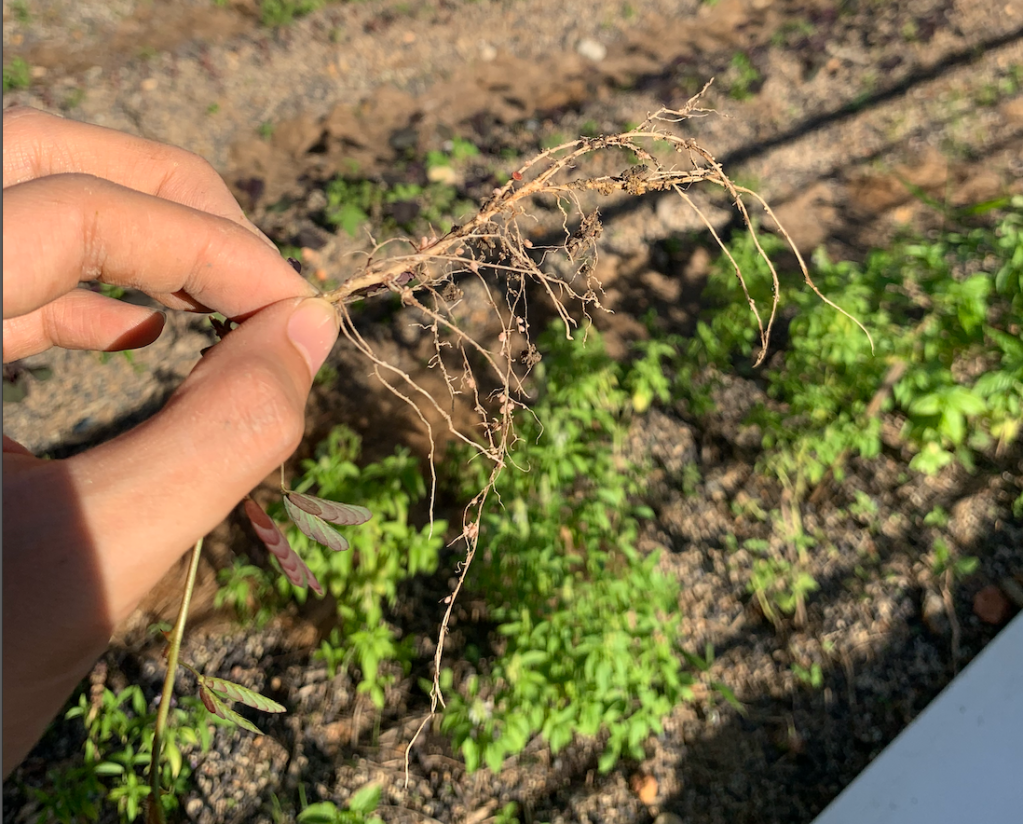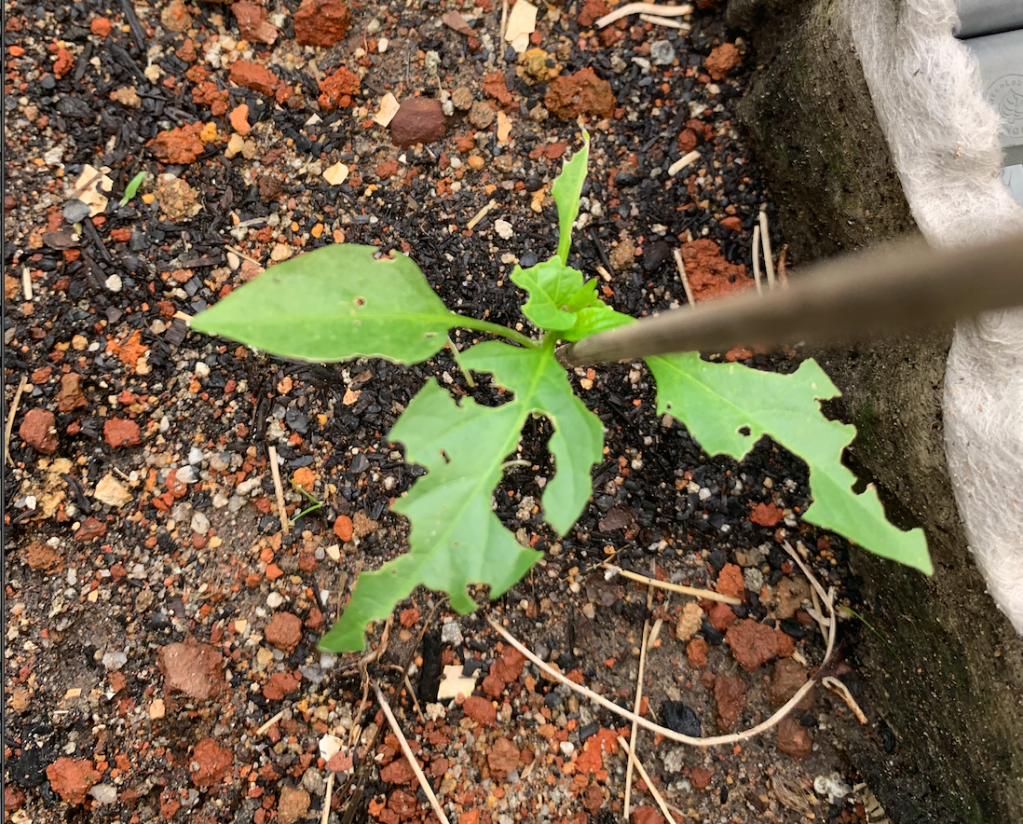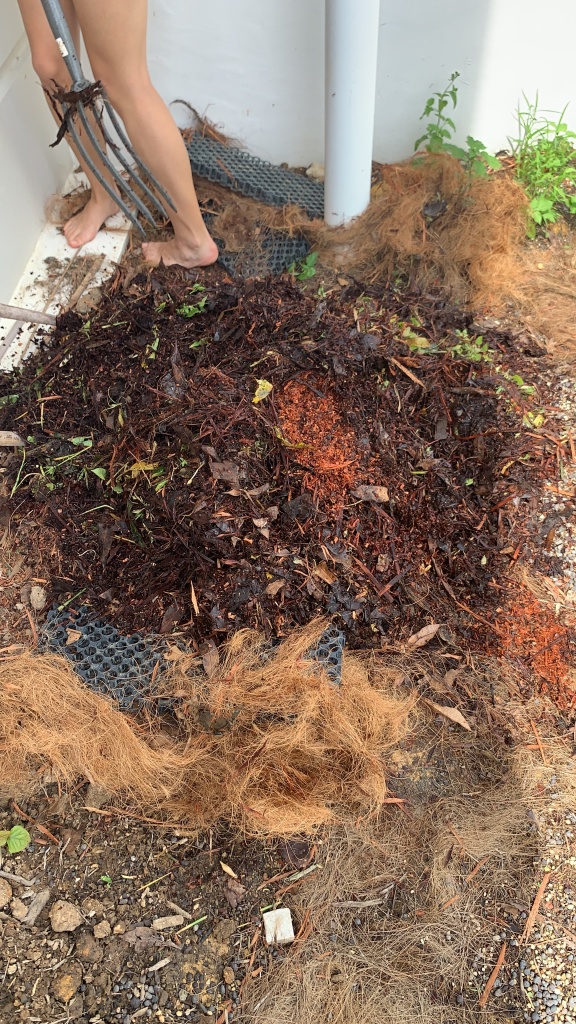Even a small 100cm x 60cm plot can be really tough to manage. One critical part of managing a plot is planning, and I will elaborate on two aspects of it – time and location, among many others.
- Time
The very first step is deciding which plants to grow. This depends on many factors, including what these plants are for (ornamental, consumption), limits of plot size, and when one intends to harvest them. In Yale-NUS College where I’m currently studying, a typical semester lasts about 14-15 weeks before winter/summer breaks, so we have to harvest the plants by then. Our cherry tomato plants and chilis all did not grow to fruition yet and we are near the end of the semester, so we are unsure what to do with them now. It is a real pity.

Moreover, we have to enrich the soil beforehand. We used mungbeans as green manure. If we notice root nodules, it means that there is rhizobium, a symbiotic bacteria which fixes nitrogen in the atmosphere and converts it into ammonia for the growth of legumes. We also have to plan to make trellises or other support structures if the plants require them, e.g. blue pea, Honolulu creepers, and cherry tomatoes.

Farming is also a continuous project. We should make compost regularly by gathering food scraps, dry leaves, and wood shavings, reusing these substances for germination or enriching the soil, and monitor the plants regularly and take precautionary measures if the plants are infected or damaged by pests. Several of our tomato plants died due to heavy rain, or they were eaten by snails. We have neem oil on hand to use as a natural pesticide, and were also taught to scatter egg shells to deter the snails.
It is important to germinate more seeds than intended, because there may be unforeseen circumstances which cause plants to die before reaching fruition. I found it useful to grow some in a controlled environment first before transplanting them outside when needed, to ensure that I have at least some crops that will be ready for harvest.


- Location
In the future, I might also consider which plants have symbiotic relationships with each other, e.g. the Three Sisters, and possibly grow them in the same plot. Chingwei from the Foodscape Collective also taught us to choose a plot based on its location relative to the sun, rain, humans, and other elements. She introduced to us several permaculture concepts, including the idea of demarcating different zones dedicated for different purposes e.g. forests provide shelter for birds (which help with pollination) and plants. Hopefully this concept will become applicable when I move on to bigger plots in the future!
